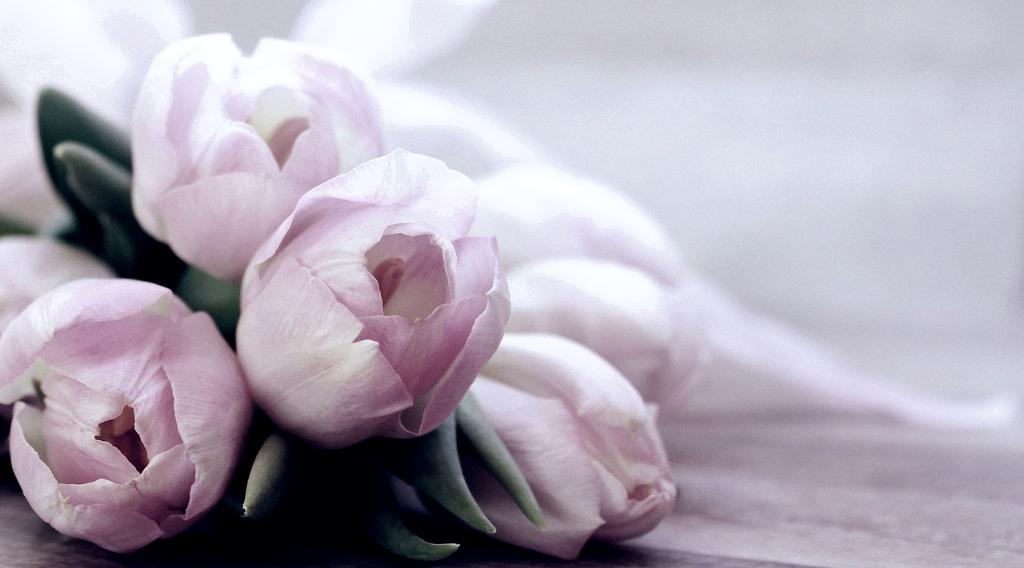When it comes to planting tulips, there are several key factors to keep in mind to ensure a successful growth cycle. One of the most crucial elements is sunlight. Tulips thrive best in full sun in the Northern regions, while they prefer partial shade in the South. Therefore, it is essential to choose a spot in your garden that receives adequate sunlight based on your region.
Another vital aspect of planting tulips is the soil. To give your tulip bulbs the best chance to flourish, plant them in well-drained soil with a pH level ranging from 6 to 7. This type of soil provides the necessary nutrients and drainage for the bulbs to develop properly. Remember to place the tulip bulbs with the pointed end facing upwards for optimal growth.
Spacing is another critical consideration when planting tulips. Ensure that you plant the bulbs approximately 4-6 inches apart to allow ample room for each bulb to grow and bloom. Proper spacing not only prevents overcrowding but also promotes healthy growth and airflow around the plants.
The depth at which you plant tulip bulbs is key to their successful establishment. As a general guideline, bulbs should be buried at a depth that is three times their length. This depth provides adequate insulation and protection for the bulbs during the germination and growth stages.
Before planting your tulip bulbs, it is essential to prepare the soil adequately. Begin by loosening the soil to a depth of at least 12 inches to allow for easy bulb penetration and root growth. Incorporating organic matter such as compost or peat moss can also help improve soil structure and provide additional nutrients for the bulbs.
When it comes to planting time, opt for the fall season for tulip bulb planting. Fall planting allows the bulbs to establish strong roots before the onset of winter, ensuring robust growth in the following spring. Aim to plant tulip bulbs around 6-8 weeks before the ground freezes to give them ample time to settle in and prepare for dormancy.
Watering is a crucial aspect of caring for newly planted tulip bulbs. After planting, give the bulbs a thorough watering to help settle the soil and initiate the growth process. During the growing season, maintain consistent moisture levels in the soil, ensuring that it remains moist but not waterlogged to prevent rotting.
Protecting your tulip bulbs from pests and diseases is essential to their survival and growth. Consider using organic pest control methods or physical barriers to deter pests such as squirrels or deer from damaging the bulbs. Regularly inspect the plants for signs of disease and promptly address any issues to prevent spreading.
As your tulips begin to emerge and bloom, deadheading can help prolong the flowering period and encourage the plants to focus their energy on producing new blooms. Simply remove spent flowers by pinching them off at the base, allowing the plant to redirect its energy towards growth and development.
During the dormant period after flowering, it is crucial to allow the foliage to wither naturally and turn yellow. The leaves play a vital role in replenishing the bulb for the next growing season. Refrain from cutting back the foliage prematurely, as this can diminish the bulb’s ability to store energy for future growth.
Finally, consider applying a layer of mulch over the planted area to insulate the soil and protect the bulbs during the winter months. Mulch helps regulate soil temperature, prevent frost heaving, and maintain moisture levels, providing an added layer of protection for your tulip bulbs during dormancy.
By following these guidelines for planting and caring for tulips, you can ensure a bountiful display of vibrant blooms in your garden each spring. With proper attention to sunlight, soil, spacing, and maintenance practices, you can enjoy the beauty of tulips and their cheerful colors year after year.

